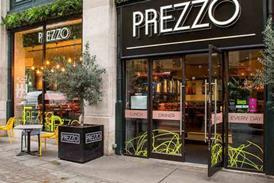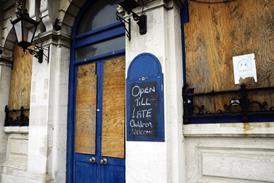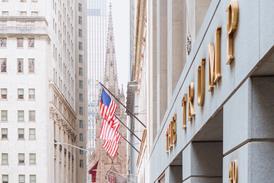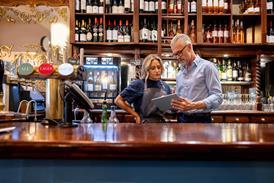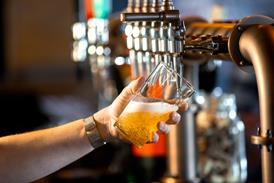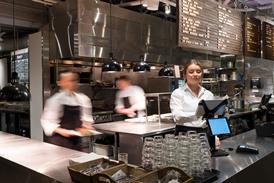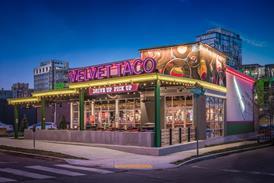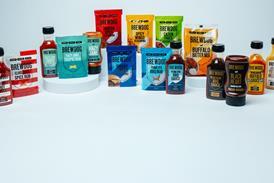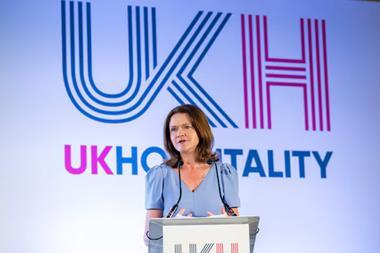Inside Track by Peter Martin
Never bet against the British public doing something strange. Ask yourself, was the run on Northern Rock rational? Who would withdraw their savings from probably the safest bank in the world, once the Bank of England agreed to lend to it?
Many have analysed the logic of those that queued for hours outside Northern Rock branches. What the crisis proves is that the public has a mind of its own that neither logical argument nor official reassurances is necessarily going to sway.
Emotion, intuition and instinct, along with what seems to be a basic need to get their hands physically on what is theirs, in this case their cash, seemed to be the primary drivers. The episode simply underlined the truth that human nature is hard, if not impossible, to predict accurately all the time.
For business, not least the eating and drinking out markets, there are some real issues. Despite all the well-documented prosperity of most of the British population, economic confidence can be quickly dented. Despite our credit-laden society, people are still cautious about their cash.
So who can now be sure the free-spending environment that has helped fuel the eating out boom, for one, is going to continue? Will the crisis prompt the public, or at least a portion of it, to pull in its financial horns, or is this just a blip, a market readjustment?
You could ask an economist, or you could start listening a little more closely to the public mood, your customers. You probably should do both.
What do the statistics say? There was a time when people thought the pub trade was recession proof. Few would argue that eating out would be totally immune from an economic slowdown, but many now predict it would be highly resistant.
However, there are figures that suggest a flattening of the eating-out sector is already with us. Some operators have already warned of a middle class, even blue-collar, spending squeeze this year.
Latest Government figures from Defra’s Family Food survey for 2005/6 show that average weekly expenditure on all food and drink purchased for consumption outside the home rose by a mere 0.7% last year. That’s below inflation and after years of growth should be a big worry for the market. Eating-out’s share of total food expenditure remains around the 33% mark.
The Defra figures have been slightly reworked this year to be more inclusive, and actually show that the market may have been under estimated in previous years. Nevertheless, the trends can’t be ignored.
The core figures show that while the decline in consumption and purchase of alcohol out-of-home has continued its long-term decline, falling another 3%, expenditure actually rose by 2%. Pub goers may be drinking less but are turning to more premium products.
What this also means is that pure food sales out-of-home showed no growth last year. This was against an overall rise in food expenditure in and out of home. Are the supermarkets fighting back?
Regionally, the biggest eating-out markets – London and the South East – were the ones showing the flattest figures. Growth was higher outside of London, according to the Defra data.
If consumers are tightening their eating-out belts and are also prone to bouts of Northern Rockitis, who knows where the market may go? Uncertainty may be the only sure thing.
Chain operators can rightly expect to fare better than the market in general, but they may not be able to rely purely on big scale rollouts buoyed by steadily growing demand. Paying more attention to the general economy and consumer mood swings should be moving up the corporate agenda.
Lessons be prepared…
Peter Martin is the co-creator of M&C Report and the founder of the Peach Factory



